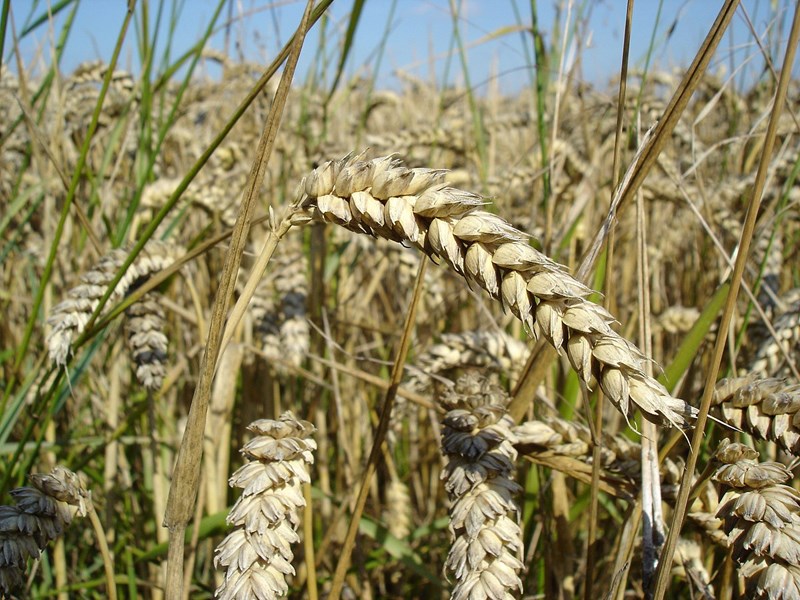While we tend to look to chemicals to solve most of the pest problems we encounter from ticks on our pet pooches and dandelions in the front lawn to weeds and bugs in farm crops, that may not always be the best option.
It is always interesting to find those instances when researchers find creative solutions without turning to some complex mixture of chemicals.
Such was the case in reading a recent article at www.producer.com.
The story relates research taking place at the University of Saskatchewan which investigates a rather intriguing way to deal with wheat which has been infected by fusarium.
Fusarium head blight can be a major downgrading factor for wheat. For instance, in 2016 it caused an estimated $1 billion in damage to the prairie wheat crop, noted the story.
The problem is that wheat damaged by fusarium becomes very difficult to market because it can be detrimental to both humans and animals above certain thresholds of contamination. The risk factor is one most just don鈥檛 want to take, leaving farmers extremely limited in where they can sell infected wheat.
But researchers at the U of S, headed by Fiona Buchanan, an animal sciences professor, have determined they can fatten up mealworms on a diet of fusarium-damaged wheat and then safely feed the mealworms to broiler chickens.
The story related how researchers bought one tonne of fusarium-damaged wheat with a contamination level of eight p.p.m. of vomitoxin separating the wheat into fractions that ranged from 0.2 p.p.m. to 12 p.p.m. of vomitoxin.
Mealworms were fed the contaminated wheat for 30 days and then fasted to get rid of anything in their gastrointestinal tract. The worms were freeze-dried, ground up and analyzed for toxins.
The worms contained 0.13 p.p.m. of vomitoxin no matter whether they were fed wheat with high or low doses of vomitoxin.
The mealworms were then fed to chickens, which naturally like worms. The worms are also a pretty good chicken feed since they contain 50 per cent protein and 34 per cent fat.
The research is most interesting because it finds a reasonable solution to a growing problem; that of what can be done with fusarium infected wheat.
Whether the process is reasonably expandable in terms of production scale is to be seen, especially given the uncertainty of damaged wheat supply and the ability to feed the worms in a commercial chicken farm, but it does open some doors to explore.
And it could well spur other researchers to look to more natural ways of dealing with some of the problems farmers face.
Calvin Daniels is Editor at Yorkton This Week.




